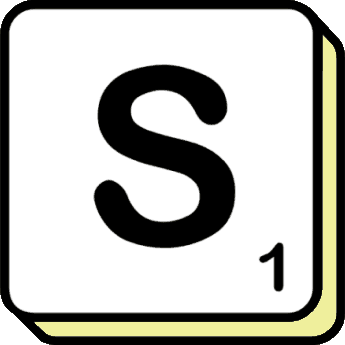All About Digraphs
Author: Brian Bowman
Date Published: 15 April 2023
Digraphs are an important aspect of reading that many young students encounter as they begin to learn to read. Digraphs are two letters that work together to represent a single sound, and they can be found in many words in the English language. Understanding digraphs is crucial for reading fluency and comprehension, and there are several ways to introduce and reinforce digraphs with young readers.

The most common digraphs in the English language are "ch," "sh," "th," "ph," and "wh." These digraphs are often found at the beginning or end of words, but they can also be found in the middle of words. For example, the word "chop" starts with the "ch" digraph, the word "wish" ends with the "sh" digraph, and the word "with" has the "th" digraph in the middle.
One of the easiest ways to introduce digraphs to young readers is through the use of picture books. Many popular children's books, such as "The Cat in the Hat" by Dr. Seuss, use digraphs extensively. As children read these books, they will encounter digraphs and begin to recognize the sounds they represent.
Another way to introduce digraphs is through phonics instruction. Phonics is the process of teaching students to associate letters or letter groups with the sounds they represent. When teaching phonics, teachers can introduce digraphs as a specific type of letter group that represents a single sound. Students can practice identifying digraphs in words, and they can also practice reading words that contain digraphs.
In addition to phonics instruction, teachers can also use word sorts to reinforce digraph recognition. Word sorts are activities where students sort words based on specific features, such as the presence of a particular digraph. For example, students might sort words that contain the "sh" digraph from words that do not. This helps students develop a deeper understanding of how digraphs function in words.
As students become more proficient with digraphs, teachers can also incorporate them into spelling instruction. When spelling words that contain digraphs, students can practice writing both letters of the digraph together to reinforce the concept that they represent a single sound. Teachers can also provide opportunities for students to use digraphs in their writing.
Overall, digraphs are an important component of reading instruction. By introducing digraphs through picture books, phonics instruction, word sorts, and spelling activities, teachers can help young readers develop the skills they need to become fluent and confident readers. As students become more familiar with digraphs, they will be able to read and spell words more accurately and with greater ease.
It's important to note that while digraphs are common in the English language, they can also be challenging for some students to grasp. Some students may struggle to differentiate between similar digraphs, such as "th" and "ph." Teachers can provide additional support for these students by using visuals or manipulatives to help them see the differences between the digraphs.
In addition, it's important to be mindful of the cultural and linguistic backgrounds of students when teaching digraphs. Some languages may not use digraphs in the same way as English, which can make it more difficult for students to recognize and use them. Teachers can provide additional support by making connections between the digraphs and students' native languages or by using multi-lingual resources to reinforce digraph recognition.
Another way to reinforce digraph recognition is through games and activities. There are many fun and engaging activities that teachers can use to help students practice identifying and using digraphs. For example, teachers can create a digraph scavenger hunt, where students search for words that contain specific digraphs around the classroom or school. They can also play digraph bingo, where students mark off words on a bingo board that contain specific digraphs.
It's also important to note that digraphs are just one aspect of reading instruction, and they should be taught in conjunction with other phonics and decoding strategies. Students need a variety of tools and strategies to become successful readers, and digraphs are just one piece of the puzzle.
In conclusion, digraphs are an important aspect of reading instruction that students encounter early in their reading journey. By introducing digraphs through picture books, phonics instruction, word sorts, and spelling activities, teachers can help students develop the skills they need to become confident and proficient readers. With continued practice and reinforcement, students can become skilled at identifying and using digraphs in their reading and writing.
